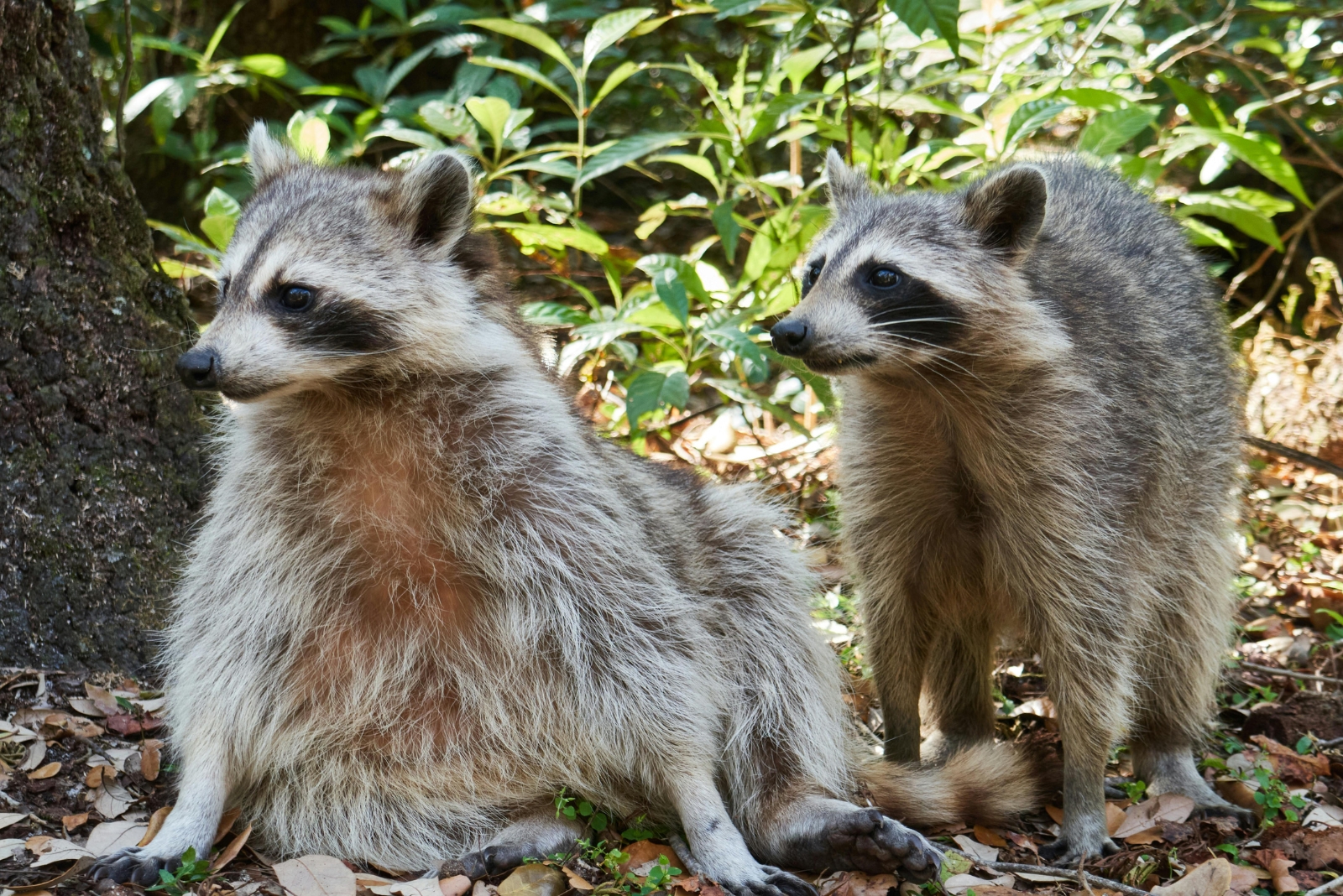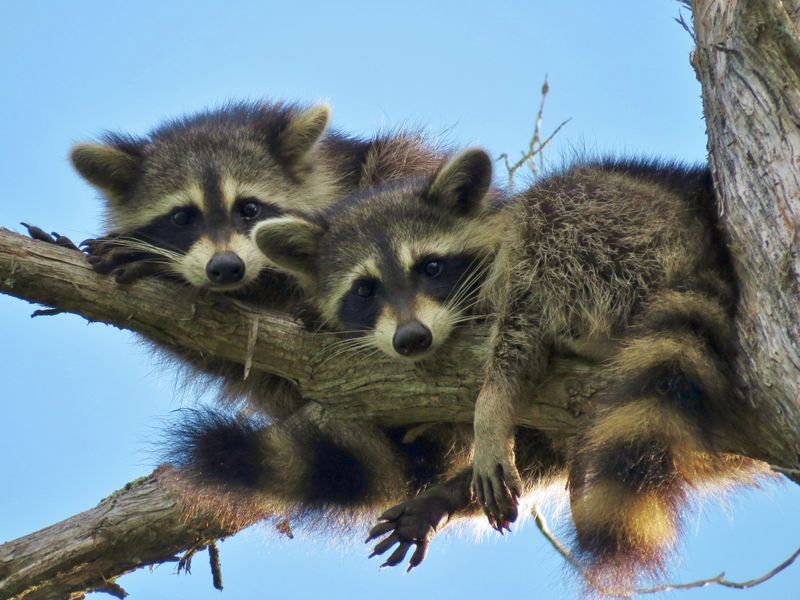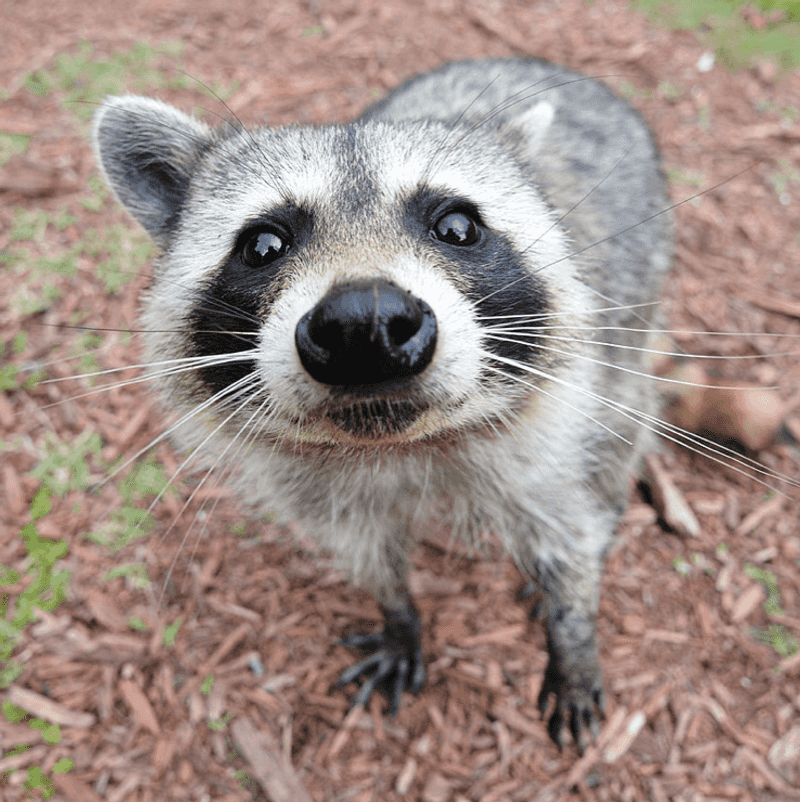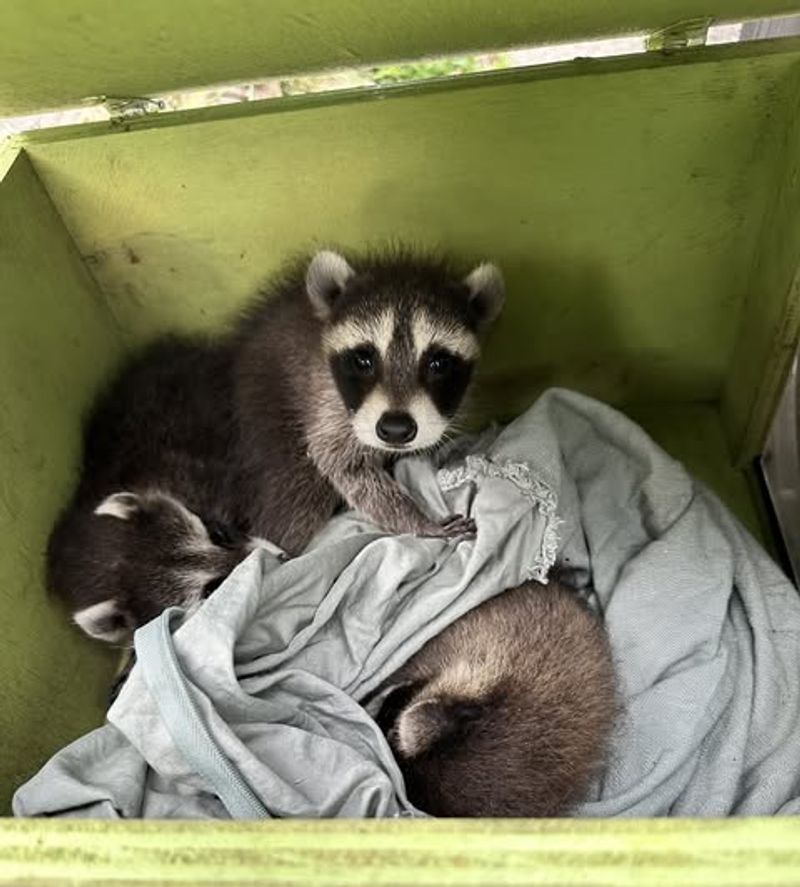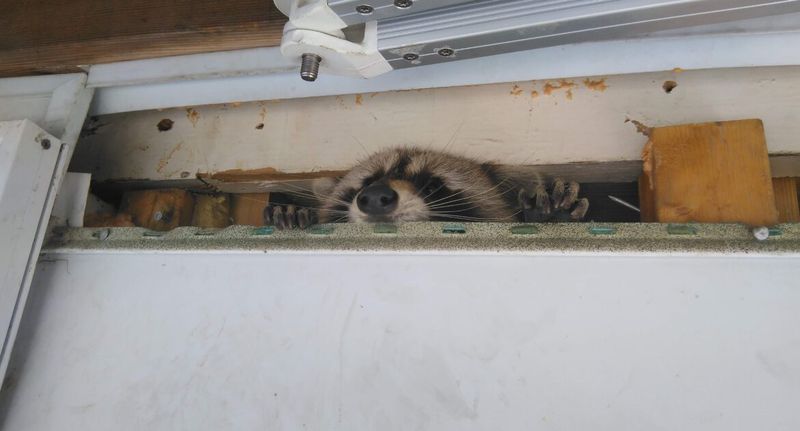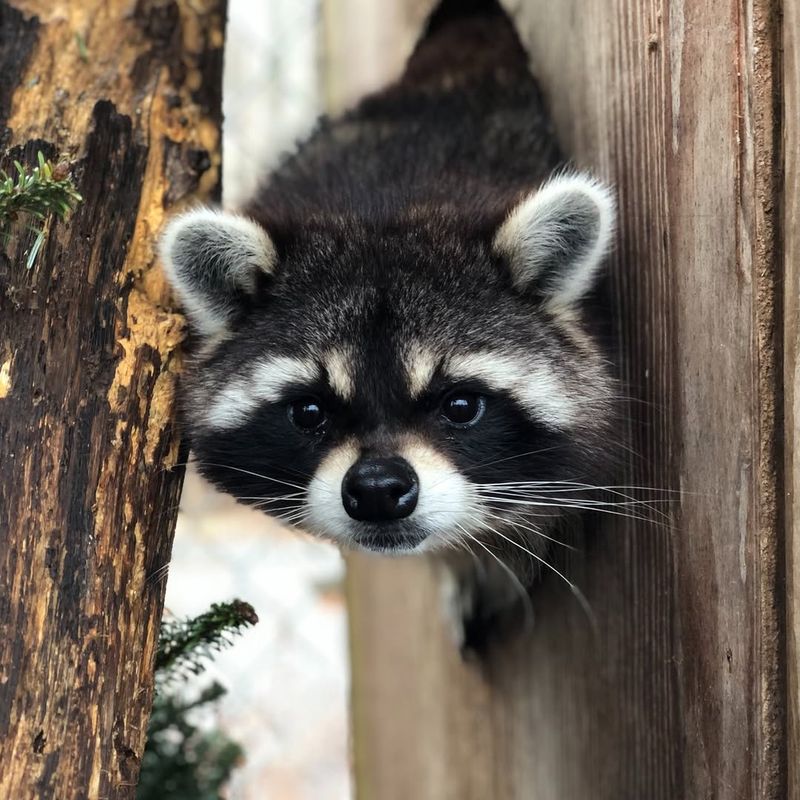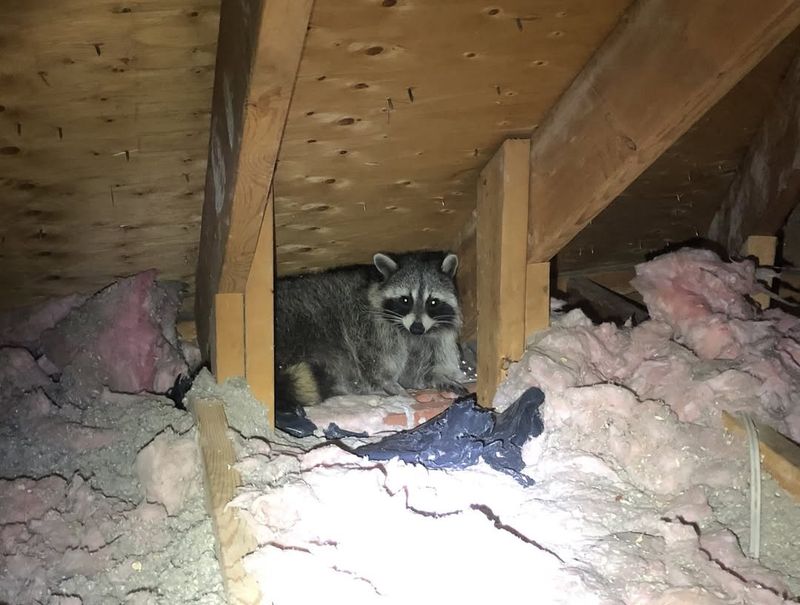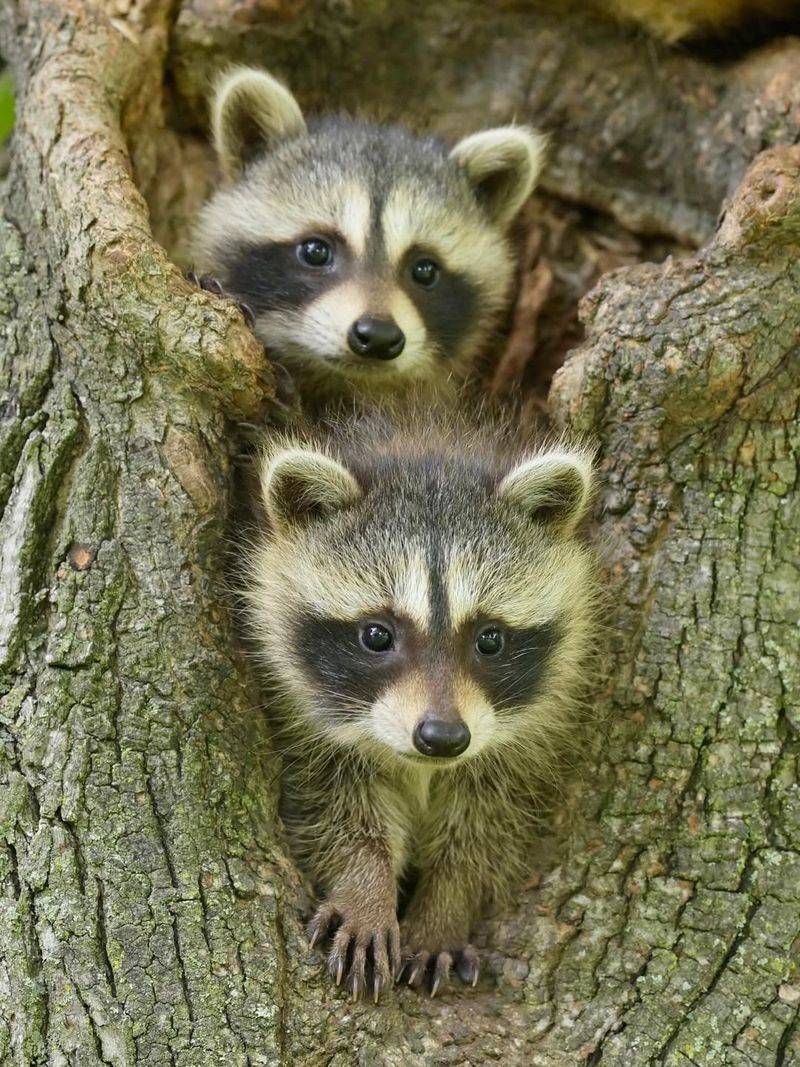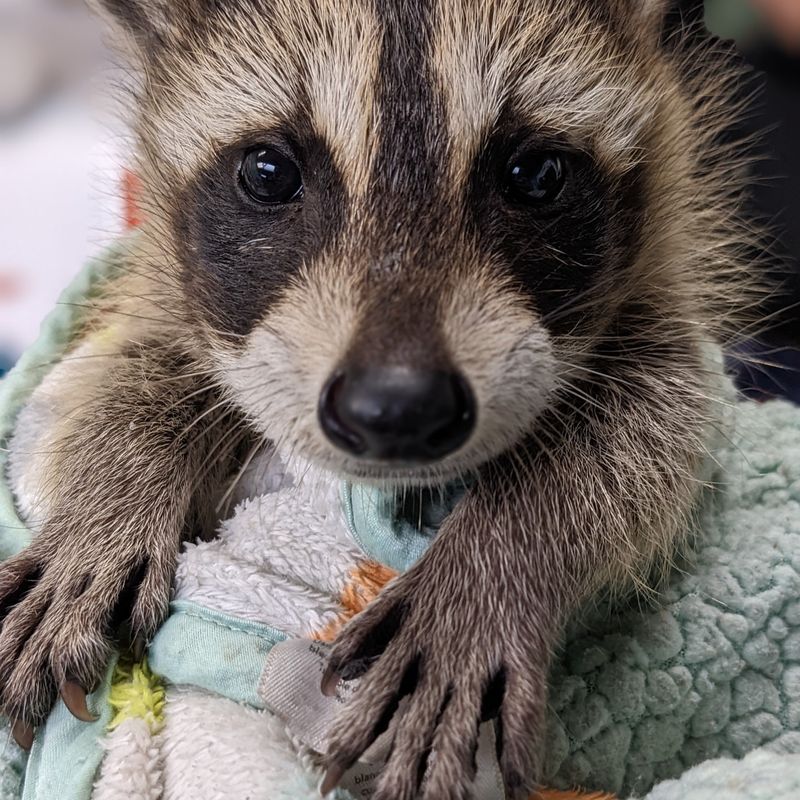Nightfall often reveals the true character of a Florida neighborhood. Porch lights flicker on, shadows shift near trash bins, and a pair of bright raccoon eyes might appear near the fence. The animal rarely seeks conflict, yet its presence demands attention.
Disease risk, relocation rules, and humane control all play a role in the correct response. A homeowner gains a major advantage with knowledge. Panic only creates problems; informed action preserves calm.
1. Florida Law Protects Raccoons As Wildlife
Florida classifies raccoons as furbearing animals, meaning they receive legal protection under state wildlife regulations. You cannot simply trap or relocate them without following proper procedures.
The Florida Fish and Wildlife Conservation Commission sets strict rules about handling these creatures. Breaking these laws can result in hefty fines or even criminal charges.
Before attempting any removal, contact a licensed wildlife professional or your local FWC office to understand what’s legally allowed in your situation.
2. Raccoons Often Carry Rabies And Other Diseases
Did you know raccoons are one of the most common rabies carriers in Florida? Beyond rabies, they also spread roundworm, leptospirosis, and distemper through their droppings and saliva.
Direct contact with an infected raccoon or even touching contaminated surfaces puts your family and pets at serious risk. Children playing in yards where raccoons roam face particular danger from parasites in raccoon feces.
Professional removal ensures proper safety protocols protect everyone involved while handling potentially infected animals.
3. Mother Raccoons With Babies Need Special Handling
Spring and early summer bring baby raccoon season in Florida, when mothers seek safe shelter to raise their young. Attics, chimneys, and crawl spaces become popular nurseries during this time.
Removing a mother without relocating her babies creates a heartbreaking and dangerous situation. Orphaned babies will cry loudly, die slowly, and create terrible odors while attracting other pests.
Humane removal requires waiting until babies can survive independently or carefully relocating the entire family together using specialized techniques.
4. DIY Removal Can Cause Serious Property Damage
Attempting to remove raccoons yourself often backfires spectacularly. Frightened raccoons become aggressive, tearing through walls, ripping insulation, and destroying ductwork while trying to escape.
Their powerful claws and teeth can cause thousands of dollars in damage within hours. Amateur trapping methods frequently injure the animals, creating even more chaos and potential legal problems for Florida homeowners.
Professional wildlife experts have the tools and experience to remove raccoons safely without turning your home into a disaster zone.
5. Raccoons Return Unless Entry Points Are Sealed
Simply catching and removing a raccoon solves nothing if your home still has the openings they used to get inside. Raccoons possess excellent memories and incredible determination to return to comfortable shelter.
Even worse, other raccoons in the area will discover and use those same entry points once the original resident is gone. Gaps around roof vents, broken soffits, and unsealed chimneys act like welcome signs.
Complete removal requires identifying and permanently sealing every potential access point around your Florida property.
6. Professional Licenses And Insurance Matter Significantly
Not everyone claiming to remove raccoons has proper training or legal authorization to do so. Florida requires specific licenses for wildlife trapping and relocation that legitimate professionals proudly display.
Insurance coverage protects you if something goes wrong during the removal process. Unlicensed operators might use illegal methods, harm animals unnecessarily, or leave you liable for injuries and damages.
Always verify credentials, check reviews, and confirm insurance before hiring someone to handle your raccoon problem professionally and legally.
7. Cleanup After Removal Prevents Health Hazards
Once raccoons leave, their mess remains behind as a serious health threat. Droppings contain dangerous parasites and bacteria that become airborne when disturbed during cleanup.
Contaminated insulation needs complete replacement, not just surface cleaning. Urine-soaked wood can harbor pathogens for months and attract insects that spread disease throughout your Florida home.
Professional remediation services use protective equipment and proper disposal methods to eliminate these hazards safely, something household cleaning products cannot accomplish effectively.
8. Prevention Costs Less Than Repeated Removals
Investing in prevention saves money and frustration compared to dealing with repeated raccoon invasions. Secure trash can lids, remove outdoor pet food, and trim tree branches away from your roof.
Installing chimney caps, repairing roof damage, and maintaining your home’s exterior eliminates the attractions and access points raccoons need. Regular inspections catch small problems before they become expensive emergencies.
Proactive Florida homeowners spend far less on prevention than reactive ones pay for multiple removal services and ongoing repairs.
9. Relocation Distance Requirements Follow State Rules
Florida law dictates where and how far away trapped raccoons can be relocated to prevent them from returning or disrupting other ecosystems. Random release in parks or neighborhoods is illegal and harmful.
Raccoons moved to unfamiliar territory often struggle to find food and shelter, leading to conflicts with established wildlife populations. Some counties prohibit relocation entirely, requiring different solutions.
Licensed professionals understand these regulations and work within legal boundaries to resolve your raccoon problem while respecting wildlife management principles.

